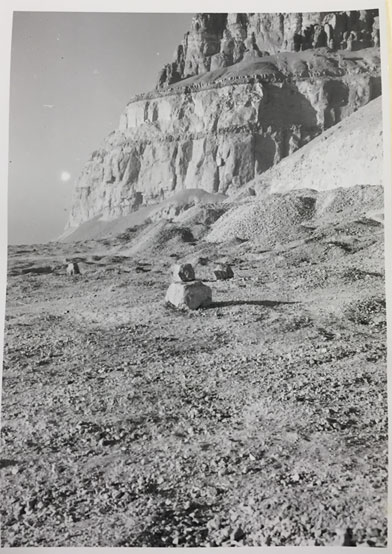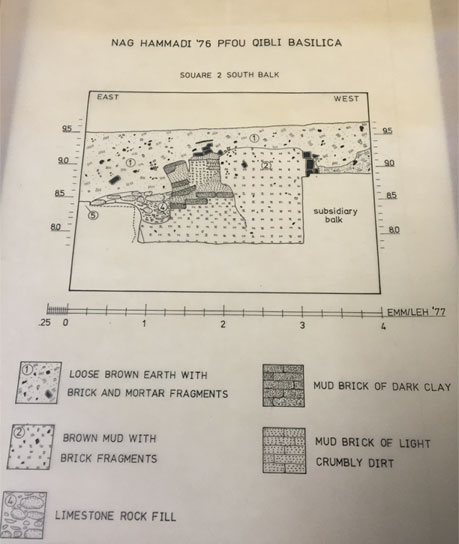This is the final week for the Spring CCEPS program, and it’s been a great experience. The IAC records presented challenges, but I feel like I’ve learned a lot from working on it. The archiving classes I took during and prior to starting here taught me about the challenges that can come up, and the different approaches you have to take to different kinds of materials. It’s almost never going to be all neat 8 1/2 x 11 pages. Processing this collection let me gain experience working with oversize and difficult items, cassette tapes, learn how to sleeve photos, film, and slides. Archiving is very hands-on, and it was great to put all the theory into practice.
So it’s time to say goodbye and move on to the next thing – I’m heading to Haines Alaska this summer to start an archives internship at the Sheldon Museum! I’m excited to continue working with archives, and I’m so grateful to have had the opportunity to work here with Lisa and the Special Collections crew this semester. It’s been a fantastic learning experience and I can’t wait to keep honing my skills. Thanks to all who’ve been following the blog and make sure to keep an eye on it for the next group of CCEPS students!
– Sara

























